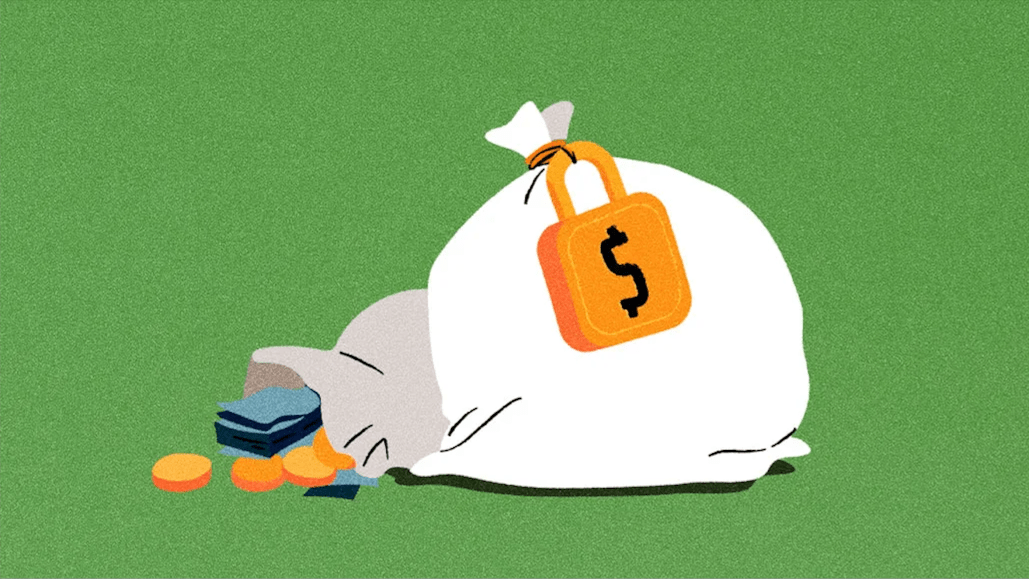Register by Jan 13 to save on passes and connect with marketers from Uber, Bose and more

Zach Morrison, Chief Executive Officer and board director, Tinuiti
In marketing — as in all aspects of growing a business overall — it’s imperative to know up front how much a team is willing to lose, how long they’re willing to try and when to walk away.
Yet, too often, waste is treated like a bad word, instead of asking: Is this the cost of growth? Or just a line item our team has learned to ignore?
Waste is a feature, not a bug
Every marketing budget should have waste in it. If there’s zero waste, the company isn’t trying anything new — not experimenting with new channels, formats, measurement, tech or audiences. The team isn’t creating the conditions where something new and valuable can emerge. The kind of growth that only shows up once outside of comfort zones, where things feel unfamiliar, risky, even a little scary.
No one in board meetings, client reviews or leadership sessions says, “Only bring me ideas that are guaranteed to work.” What leaders want is smart thinking, fast feedback and full transparency. They want to know: How long will you test? How much risk will you take? What will you do with what you learn?
Results are never perfect out of the gate, whether it’s testing into AI SEO, TikTok, streaming TV or niche retail media networks. But with the right measurement and decision frameworks, early inefficiencies often point the way to growth.
Cloud-based tech company AppFolio is a perfect example of this. When its marketing platform held the company back, it dared to try something new. Tinuiti helped the company experiment by pitting a new programmatic solution against AppFolio’s existing tech. This calculated waste unlocked unprecedented flexibility and drove a 3x increase in click-through rate.
This kind of testing isn’t a waste — it’s an investment. The problem is that most marketers don’t draw a line between smart experimentation and wasteful drift. That’s when valuable media dollars leak out.
Defining guardrails and pain tolerances
Growth requires risk, but risk without structure leads to chaos and, eventually, budget cuts. The smartest CMOs define acceptable volatility, set success/failure guardrails and align with finance before the spend hits the spreadsheet.
If a company’s usual cost-per-sale is $100, but a new initiative pushes it to $115, what’s the threshold before leadership loses confidence? And how long does the team let it run before pulling the plug? Tinuiti refers to this as the CFO stomach test.
Tinuiti sees the same pattern: The brands that win are those with CMOs and CFOs who take the time up front to agree on the pain tolerance for new bets. That clarity not only builds trust, it preserves budgets.
Real waste hides in comfort
A lot of marketing waste is a result of playing it safe: repeating what worked last quarter, defaulting to the usual suspects and sticking with the same tactics and strategies without questioning whether it’s still earning its keep. Audience fatigue sets in, creative wears out, CPAs creep upward and, still, inertia keeps the plan rolling forward.
Tinuiti’s partnership with Liquid I.V. started with a ton of success — the pair could have played it safe, sticking with the media mix that was working. Instead, Tinuiti partnered with Liquid I.V. on a full-funnel strategy, including a Geo Lift study, to uncover gaps. The study revealed traditional attribution models credited TikTok with only a fraction of its true impact, when, in fact, 62% of TikTok’s incremental conversions were happening on Amazon.
Complacency costs more than most CMOs want to admit. Growth without measurement is gambling, and waste without clarity is just legacy inertia.
Moving from media savings to media effectiveness
Media savings has become a standard pitch, and there’s a reason for that — it’s easy to sell.
Media savings alone aren’t the answer. Savings matter, but only when connected to effectiveness. Together, savings and effectiveness define the balance between waste and growth. With unified media and measurement models, brands can identify waste in-flight and redirect those dollars into higher-performing media, turning efficiency gains into scalable growth.
For example, Tinuiti brought the insight to a client that the Super Bowl could drive real ROI, but it had a tight budget. Tinuiti developed a tailored, regional TV buy and proved its impact on in-store sales using geo MMM and incrementality testing tools. This resulted in pre-kickoff spots delivering a 5x higher return on ad spend than in-game spots, driving a 31% in-store sales lift.
Accountability is crucial, as waste will always exist
Waste isn’t a strategy problem — it’s a trust problem. People don’t want to admit what’s not working because they’re afraid of what it says about them. For more effective, intelligent media, the industry needs to stop treating waste as taboo.
Waste doesn’t always appear as bad creative or underperforming media. Sometimes it’s a tech partner collecting outdated fees or a broken internal process that keeps teams from acting on data. If it blocks the message from reaching the customer, it’s a waste and needs to go.
The most forward-thinking brands aren’t pretending waste doesn’t exist; they’re defining it, measuring it and building the infrastructure to turn it into something useful. Waste will always exist. The choice is whether teams acknowledge it — and turn it into growth — or let it quietly erode their brand.
Partner insights from Tinuiti
More from Digiday

Inside the brand and agency scramble for first-party data in the AI era
Brands are moving faster to own first-party data as AI and privacy changes alter the digital advertising landscape.

Future starts to sharpen its AI search visibility playbook
Future is boosting AI search citations and mentions with a tool called Future Optic, and offering the product to branded content clients.

Walmart Connect takes a play out of the Amazon playbook to make agentic AI the next battleground in retail media
The next retail media war is between Walmart Connect’s Sparky and Amazon’s Rufus, driven by agentic AI and first-party data.








